Introduction:
After digestion of fats, lipids have two fates: they are either metabolized to provide energy as per the body’s need or are stored as lipid droplets in the adipocytes (fat cells). Whenever required by the body, this stored fat (lipid droplets) is mobilized and transported for use.
Fatty acids cannot be utilized by the brain because they cannot travel through the blood brain barrier. Red blood cells also cannot utilize fatty acids as they do not have mitochondria to oxidize the fatty acids. As a result of which there is often an excess of fatty acids in adipose tissue. Liver and muscles at rest utilize energy from fatty acids even when there is surplus of glucose and glycogen, thus saving the carbohydrate sources of energy for the brain and RBC’s.
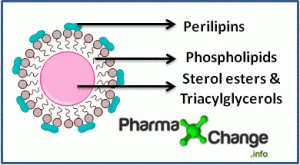
The lipid droplets have a structure with a core of sterols and triacylglycerols surrounded by a layer of phospholipids (Figure on the right). The phospholipid layer is surrounded by hydrophobic membrane proteins known as perilipins. These lipid droplet membrane proteins family consists of 5 protein which are perilipin 1, perilipin 2, perilipin 3, perilipin 4 and perilipin 5. The perilipins play a crucial role in the mobilization of lipids. They prevent untimely movement of the lipids.
Mobilization of Stored Fats:
The animation below describes the mobilization of fats in detail followed by the discussion. A static image of the cycle can be found next to the discussion below for reference. Press the play button to progress in the animation.
[swfobject]2954[/swfobject]
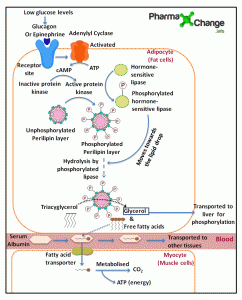
Discussion
- When the body signals for metabolic energy (low glucose levels), hormones like epinephrine and glucagon are released.
- These hormones go and bind to their specific receptors on the membrane of the adipocytes. Epinephrine binds to β-adrenergic receptors whereas glucagon binds to G-protein coupled receptors of the Gs type of G protein. This binding activates the enzyme adenylyl cyclase on the membrane.
- Activation of adenylyl cyclase triggers the formation of intracellular messenger cAMP. Insulin decreases levels of cAMP where as caffeine increases the levels of cAMP.
- The increase in levels of cAMP activates protein kinase (PKA) which phosphorylates the perilipins on the surface of the lipid droplet as well the hormone-sensitive lipase.
- Phosporylation of the perilipins on the lipid droplet triggers the movement of the phosphorylated hormone-sensitive lipase towards it, thus hydrolyzing the triacylglycerols stored in the core of the lipid droplet.
- Hydrolysis of triacylglycerol produces free fatty acids and glycerol.
- This free fatty acid reaches the blood and binds to the plasma protein called serum albumin in a non covalent manner. Binding to this protein increases their solubility and are carried to the required tissues (eg. muscle or heart or renal cortex) by blood.
- When the serum albumin bound fatty acids reach their target tissue cellular uptake begins. This happens by the presence of fatty acid transporter on the membrane surface which have high affinity for fatty acids. The albumin serum-fatty acid complex breaks and the free fatty acid is transported into the target cell via the fatty acid transporter.
- Once the fatty acids have reached the target tissue they are converted to their active CoA derivative in the cytosol and then metabolized in the mitochondria of the cell to provide energy.
- Glycerol (water soluble) which was produced on hydrolysis by phosphorylated hormone sensitive lipase, is transported back to the liver via blood (Figure below). Glycerol is acted upon by the enzyme glycerol kinase to produce gylcerol 3-phosphate which can be used up for triglyceride synthesis. Or the glycerol 3-phosphate is further oxidised to dihydroxy acetone phosphate which can be used up for glycolysis. This is achieved by the action of the glycolytic enzyme triose phosphate isomerase on dihydroxy acetone phosphate to produce glyceraldehyde 3-phosphate (intermediary product in glycolysis).
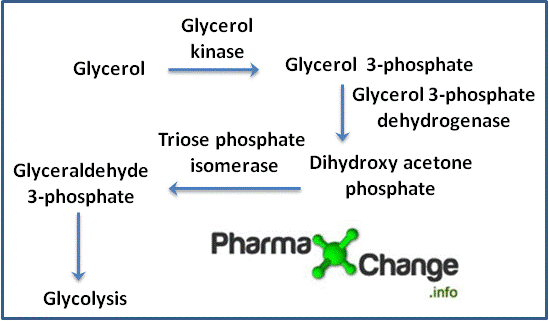
Fate of glycerol formed after hydrolysis of triacylglcerol by hormone-sensitive lipase
Recommended Texts
- David L. Nelson and Michael M. Cox, Lehninger Principles of Biochemistry 6th Edition
- Jeremy M. Berg, John L. Tymockzo and Luber Stryer, Biochemistry 7th Edition
- Reginald H. Garrett, Charles M. Grisham, Biochemistry by Reginald H Garrett 5th Edition
.
- U. Satyanarayana, U. Chakrapani, Biochemistry by U. Satyanarayana. 3rd Edition.

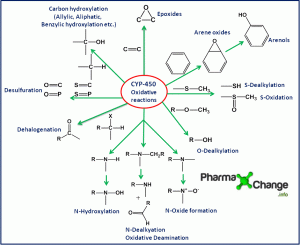
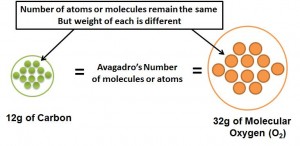
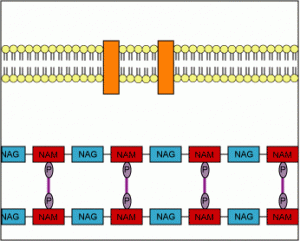
Where did you get this information from? There are recommended literature, but not references. You have to give some credit to the people that researched this. On the other hand, nice job! It was very easy to understand.
Hi Jose,
We referred to the text books which were cited in the recommended literature and therefore put a link to that. If we had gone and read the papers individually we would have cited that. I agree giving researchers due credit is important but it is also important to give students the more appropriate source for learning rather than researching. I hope you understand and I am glad you liked our website.
I do not use such frivolous apps like facebook and google+ so I cannot unlock the graphic. I will not bother coming back this website
Hi, Sorry about the inconvenience. We have removed that requirement. You are free to view all content on the website.